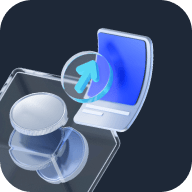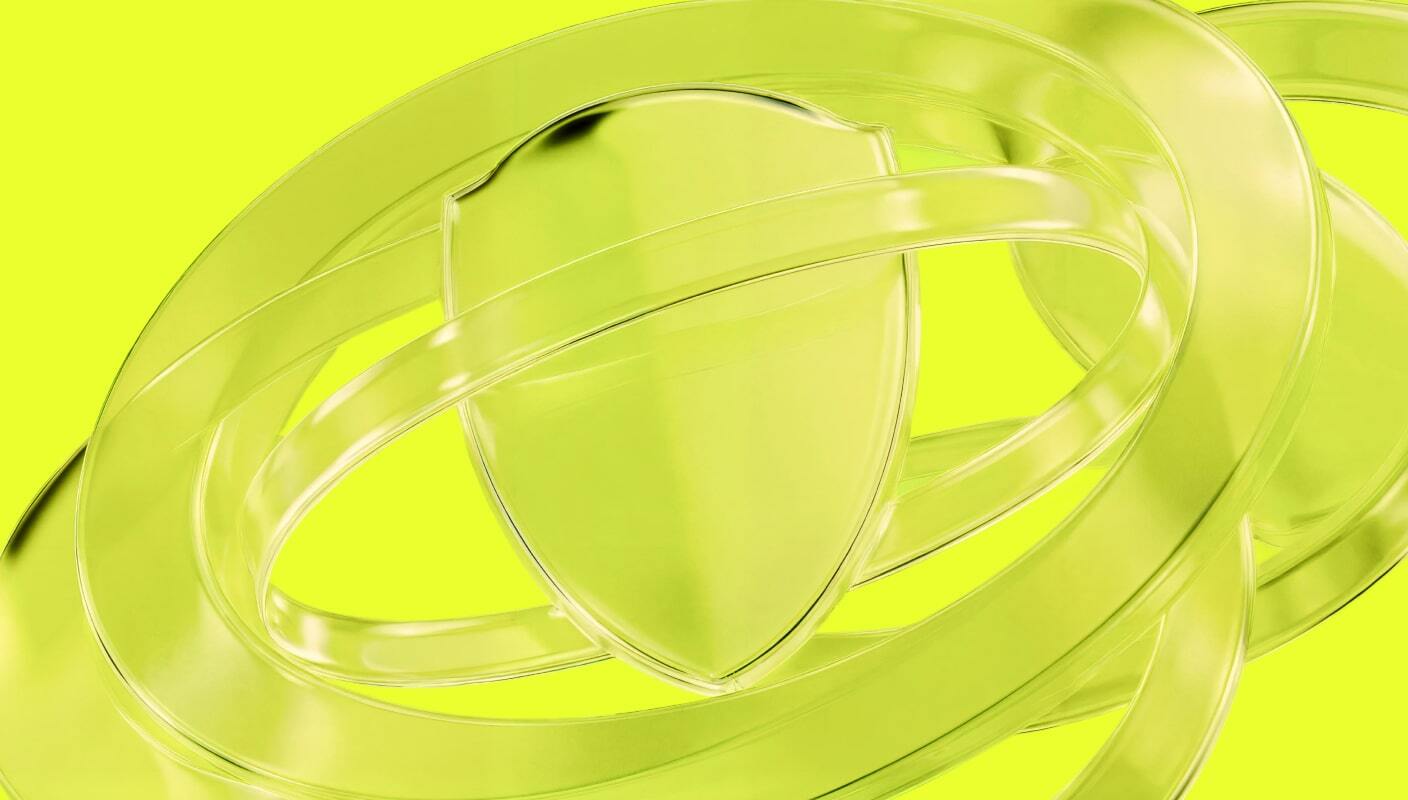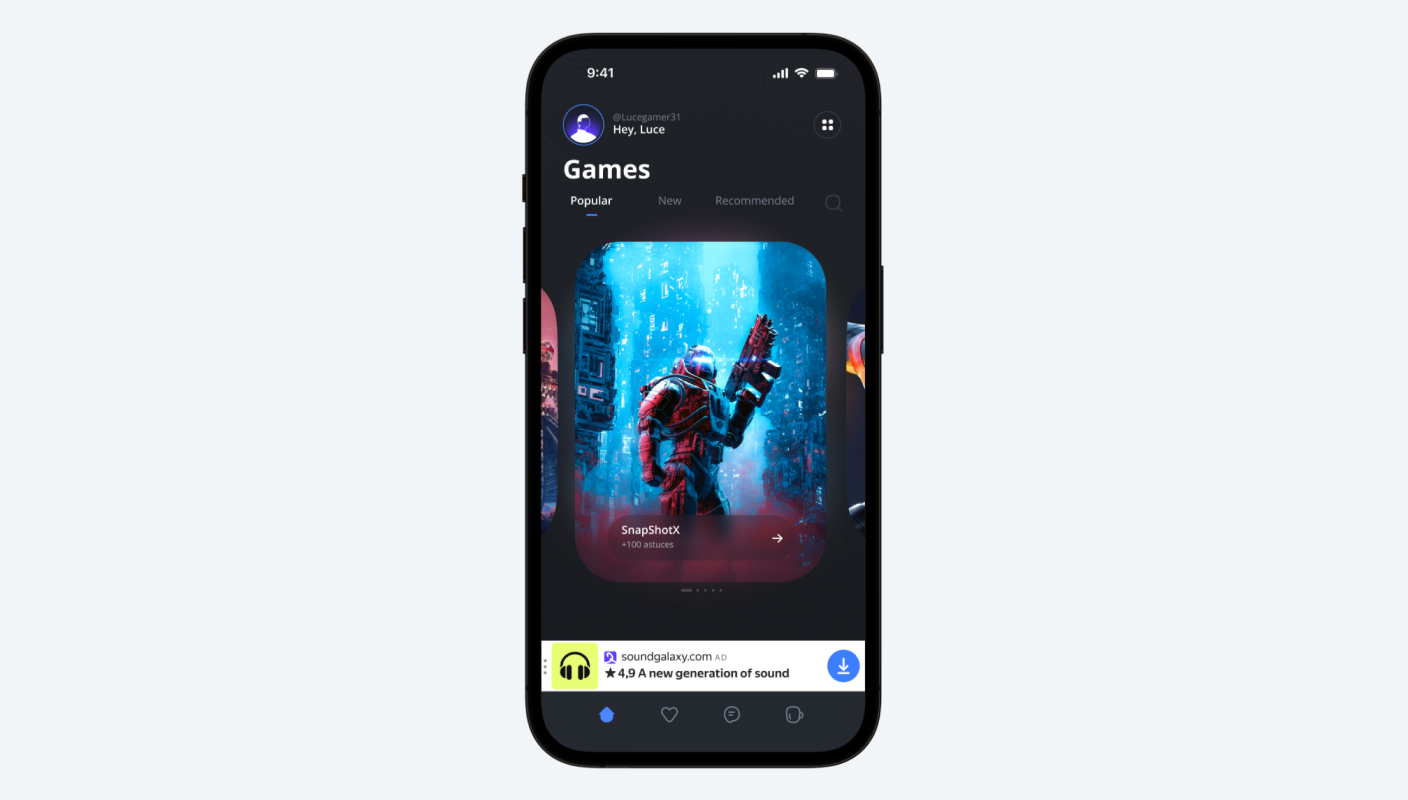Creative fatigue: why ads burn out and how to prevent it

A recent study found that people encounter up to a hundred meaningful ads every day, each competing for attention that is becoming increasingly difficult to capture. Each time the same ad is shown to the same person, it loses its impact — a phenomenon known as creative fatigue.
Even Netflix, with all its resources, had to admit defeat when viewers demanded a "turn off" button for once-innovative but soon-to-be-tiresome previews. It's a warning sign for every advertiser: if you can't keep your content fresh, your audience will find a way to tune you out.
When more becomes less
Your brain is remarkably efficient at filtering out repetitive information. Think about driving a familiar route; you arrive at your destination barely remembering the journey.
The same happens with advertising: Confect.io found that even top-performing ads lose 38% of their effectiveness after just five weeks of running unchanged. For average campaigns, this drop reaches 53% by week eight.

This filtering effect accelerates when ads appear too frequently. On social media, seeing the same ad five times in an hour doesn't reinforce the message; it teaches users to automatically skip anything that looks like that ad. Meta's research confirms this happens after just 4–7 views… And that is well before most campaigns end their planned run.
The evolution of ad visibility
Modern digital advertising faces a paradox: as targeting becomes more precise, ad effectiveness could diminish. When campaigns narrow their focus excessively, they risk overwhelming small audience segments with repetitive content, accelerating ad fatigue. This phenomenon, combined with poorly timed seasonal messaging and late trend adoption, creates a perfect storm for ad blindness.
Yet, platforms have adapted through innovations. Take pause ads as an example: they appear during natural viewing breaks, rather than interrupting content. These formats demonstrate how advertising can align with user behavior while maintaining impact. The key lies in balancing targeted reach with appropriate frequency, ensuring content relevance, and respecting the user’s experience.
Discover where digital advertising is headed next
Why your marketing backfires
Viewers don't just ignore your repetitive ads. They learn to actively tune out your entire brand, transforming your marketing budget into an expensive lesson in becoming invisible. While you're stuck in this loop of predictable content, you're not just wasting money — you're teaching your audience that your brand isn't worth their attention.
New research reveals a curious paradox in consumer behavior: while initial ad exposure boosts purchase intent by 5.7%, repeated viewings trigger a sharp decline in effectiveness. The data shows a clear tipping point — somewhere between the sixth and tenth view, consumer interest drops by 4.1%. Push past eleven exposures, and the negative effect compounds further. It's like telling the same joke until people not only stop laughing, but start avoiding the comedian entirely.

But traditional metrics often miss the deeper impact. While you might track declining click rates or rising costs, the real damage happens in how people feel about your brand. When your audience starts seeing your ads as irrelevant or unimaginative, rebuilding that trust takes far more effort than creating fresh content would have in the first place. Your marketing needs to work harder just to get back to baseline; your entire ROI model suffers.
Recognizing the signs of ad fatigue
To effectively address ad fatigue, it's crucial to outline its symptoms:- Declining CTR: A noticeable drop in CTR can indicate that users are losing interest in your ads.
- Increased ad frequency: If your ad frequency rises significantly, it suggests that the same users are seeing your ads multiple times, which can lead to fatigue.
- Higher Cost Per Click (CPC): As engagement decreases, platforms may charge more per click, affecting your ad budget.
- Reduced engagement: Fewer likes, shares, and comments on your social media ads can signal that your audience is no longer resonating with your content.
Now, how to prevent creative fatigue?
Segment your audience
Tailor your advertising campaigns to specific audience segments. By delivering personalized messages to different groups, you can ensure that your ads resonate more effectively, thereby reducing the likelihood of fatigue. Segmentation helps avoid showing the same ad to everyone, which is a major contributor to ad fatigue. For example, new customers might respond better to introductory offers, while returning users may prefer loyalty-based messaging. This allows you to serve multiple ads that feel uniquely relevant, increasing engagement and helping you get more from your ad budget. Targeting smaller, more defined groups also supports smarter ad rotations and prevents banner blindness in repeat viewers.
Rotate smartly, don't just repeat
The smaller your audience, the more variations you need. But smart rotation isn't just about making new ads — it's about understanding what each viewer has already seen. Flight booking services excel at this: showing tropical beaches to new viewers, switching to city views for those who didn't engage, then highlighting local experiences for frequent viewers. Each version reinforces the same message while feeling fresh.
Apply frequency capping
Set limits on how often a particular user sees your ads. By controlling ad frequency, you can prevent overexposure and maintain user interest. Most ad platforms offer frequency capping features to help manage this aspect of your campaigns. When ad frequency isn’t managed, users may be shown the same advertisement too many times, causing irritation or disinterest — clear signs that ad fatigue may be setting in. With the right caps in place, you can extend the lifespan of your ad creatives while optimizing ad spend. Frequency caps also create space to rotate in different ads more effectively, which helps maintain a healthier balance between reach and repetition in your advertising campaigns.
Use dynamic ads
Dynamic ads automatically adjust content based on user behavior and preferences. By personalizing ad content, you can deliver more relevant messages to your audience, enhancing engagement and reducing ad fatigue. For example, an e-commerce travel brand might dynamically showcase winter getaways to one user and beach holidays to another, depending on browsing history. This prevents the same ads from being shown to every viewer, which can lead to quicker fatigue. Using dynamic elements like real-time offers or location-specific visuals allows your digital marketing to feel timely and useful. It's one of the most efficient ways to combat ad fatigue while improving your return on ad spend.
Refresh ad copy and visuals
Regularly updating your ad copy and visuals can reinvigorate your campaigns. Experiment with different headlines, images, and messaging to see what resonates best with your target audience. Refreshing doesn’t mean reinventing your entire strategy — sometimes, a simple tweak in color, layout, or tone can reduce ad fatigue and re-capture attention. Consider seasonal adjustments or tying your ads to trending topics to add timely relevance. When users see the same ad multiple times with no change, they’re more likely to scroll past it. Refreshing creative elements helps reset that familiarity, keeping your social media ads from becoming stale and improving overall campaign performance.
Diversify ad formats
Incorporate various ad formats, such as video ads, carousel ads, and interactive ads, to keep your content engaging. Diversifying your ad formats can capture user attention and reduce the monotony that leads to ad fatigue. People consume content differently across platforms — while one user might engage with a quick video, another may prefer scrolling through a carousel or interacting with a quiz-style ad. Offering variety not only prevents fatigue but also gives you more data on what formats perform best with specific segments of your audience. Running multiple ads in different formats allows you to build brand awareness in dynamic ways and extend the life of your campaigns without exhausting your creative resources.
Adapt content to platform behavior
Different platforms demand different formats and approaches. LinkedIn users expect detailed information in their feed, while Instagram stories need quick, emotional impact. Travel brands nail this balance: their LinkedIn posts might explain loyalty program benefits, while Instagram captures the feeling of arriving at a dream destination. YouTube then ties it together with mini-guides that help viewers plan their trip.
Build stories that evolve
Instead of repeating one message, successful campaigns unfold like chapters in a story. Car brands often master this approach: first highlighting a key innovation, then showing how real drivers use it, and finally revealing its impact on their daily lives. A good ad doesn't just echo what the audience knows — it enriches their understanding.
Use data to stay ahead
This is where creative management gets complex. You need to track not just how often people see your ads, but how different segments respond across platforms. Leading brands combine view frequency, engagement metrics, and audience segmentation to decide exactly when and how to refresh their content. Getting this right demands constant monitoring and quick creative responses when performance starts to dip.
Let professionals guide you
Managing creative fatigue effectively requires resources most marketing teams don't have in-house. Professional creative bureaus and agencies, like Yango Internal Creative Bureau, bring specialized tools and experience, handling everything from performance tracking to rapid content production. When market conditions shift — like a travel brand needing to switch from product features to family appeal — they can adapt your entire campaign within hours, not weeks.
Before you go
Preventing creative fatigue is possible, but it takes more than just making new ads occasionally. You need systematic monitoring, quick response capabilities, and a deep understanding of how different audiences engage across platforms.



